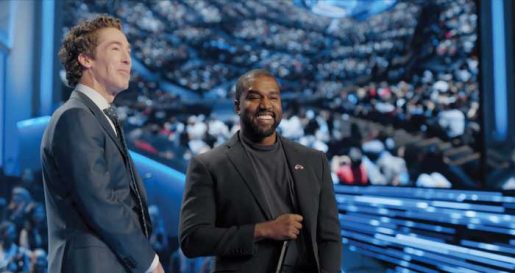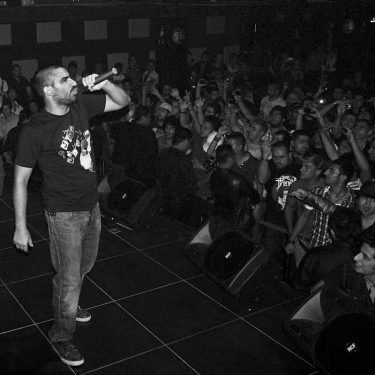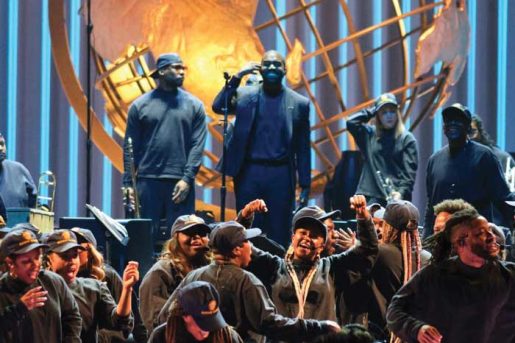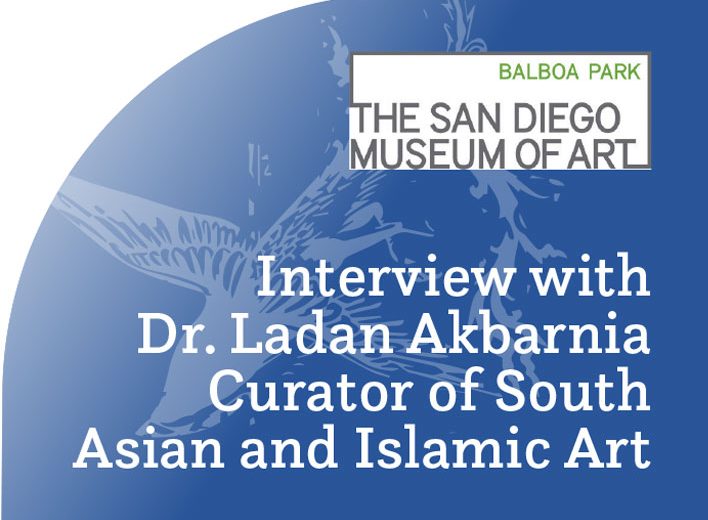Hip-Hop, from West to Iran
By Vahid Jahandari
 The cultural phenomenon of hip-hop has been fast-growing over the past few decades, explicitly communicating the unheard voice of Black America. Having encountered systemic racism historically, the artists in the field convey their backgrounds, beliefs, and struggles through this highly popularized medium since the rapping genre enabled such stream-of-consciousness delivery and solidified its presence by the early 1980s.
The cultural phenomenon of hip-hop has been fast-growing over the past few decades, explicitly communicating the unheard voice of Black America. Having encountered systemic racism historically, the artists in the field convey their backgrounds, beliefs, and struggles through this highly popularized medium since the rapping genre enabled such stream-of-consciousness delivery and solidified its presence by the early 1980s.
In that sense, hip-hop is a powerful source of emotional resilience and enduring hardship that has been expanding since its earliest appearance, becoming more common in our day-to-day experience—from being initially an underground taboo activity to nowadays being studied worldwide by scholars, particularly in the country where it was uncovered. As a substantiated instance, Kanye West (known as Ye) is one of the most acclaimed artists whose numerous ongoing non-musical, yet relative circumstances are directly reflected in his music.
 The underlying references to Ye’s personal life and what shaped his artistic path to arriving in Donda, his tenth studio album, encompass mental health, racial inequality, free speech, and influences including black gospel music and many other inspirations and causes surrounding this evolution. As a leading public figure with tremendous platforms for freely unleashing his opinions, sometimes therapeutic in nature in apparent response to his bipolar disorder, Ye intends to target multidimensional fields from sociopolitical issues to the entertainment industry, fashion design, and technology.
The underlying references to Ye’s personal life and what shaped his artistic path to arriving in Donda, his tenth studio album, encompass mental health, racial inequality, free speech, and influences including black gospel music and many other inspirations and causes surrounding this evolution. As a leading public figure with tremendous platforms for freely unleashing his opinions, sometimes therapeutic in nature in apparent response to his bipolar disorder, Ye intends to target multidimensional fields from sociopolitical issues to the entertainment industry, fashion design, and technology.
A broad spectrum of perspectives that range from religion, ethics, stigma, and morality to established structures and controls of the dominant upper class and high society is a load of context utilized as the evolutionary patterns of articulating self-expression and referencing sociopolitical injustice through the medium of hip-hop.
Since its arrival, hip-hop artists have exploited the genre by projecting their traumas and ideations. The entire body of what later became the legends and pioneers in the field to the current times has come from neighborhoods where poverty and crime are portrayed as routine and inseparable parts of their societal norms. Tupac, Biggie, and Kendrick Lamar are only fractions of a countless list who found their childhood and early stages of youthfulness in similar conditions before rising to fame.
 Hip-hop is widely recognized as a multicultural movement “for change,” with no comparable art form or music genre in North America. One of the reasons for this attention is that politicians do not bother addressing systematic inequality while rappers speak about social and racial injustice raw, uncut, and with almost no border for censorship. Though hip-hop was initially a form of protest in the country, its functionality has transformed over the years due to the tremendous engagement and urgent connection among the youth, in particular those in minority groups and/or the working class.
Hip-hop is widely recognized as a multicultural movement “for change,” with no comparable art form or music genre in North America. One of the reasons for this attention is that politicians do not bother addressing systematic inequality while rappers speak about social and racial injustice raw, uncut, and with almost no border for censorship. Though hip-hop was initially a form of protest in the country, its functionality has transformed over the years due to the tremendous engagement and urgent connection among the youth, in particular those in minority groups and/or the working class.
Hip-hop tells familiar stories of urban America and finds the telling of such stories a chronological continuum, contributing to the variety of cultural landscapes. The lyrics, with an extensive range of emotional tones—from highly aggressive to vulnerable—strongly communicate with the listeners, specifically those of the male gender, having involved and prospered women rarely in its pool of top-notch artists.
Hip-hop has been practiced across continents for articulating discontent over unresolved issues, rising prices, unemployment, and political corruption, among many other ongoing concerns. Though rapping in its early spread was associated with violence, it became an impactful tool in regions outside America for connecting individuals with common associations. The oratorical style, direct reporting, and clarity are among the key elements in using rhetoric. That being said, rappers, having acquired the essential knowledge of effective writing with an inclusive mindset of some sort while being much closer to the streets, can more easily draw in the general feelings among the people, versus politicians whose favored positions have set them apart from the crowd.
Given the power of hip-hop for its instant exposure around the globe, it is impossible to travel the world nowadays without encountering at least some variations of the genre integrated into regions’ manners of imaginative exhibition. In Iran, hip-hop has been primarily an underground movement since its intro in the early 2000s, when the Islamic regime frequently shut down the studios, blocked websites promoting the records, and arrested the artists. Rap and hip-hop have flourished and are progressively realized as the top genres on the annual list inside and outside the country despite all strict religious laws. Many notable artists belonging to the first generation of the scene escaped the regime’s prohibitory act by immigrating to other countries, including Hichkas (currently in London), Tataloo (to Turkey), and Tohi (in Los Angeles), among many others.
 Iranian hip-hop grew out of the same despair as its American precursor. Since the regime has found the lyrics diminishing Islamic values and its influence so pervasive, it has been officially banned to this day. Following the 1979 Islamic Revolution, the government severely limited and controlled access to all media. However, as time has passed, especially after 2000 with substantial changes in regulatory policies, the youth have been in a much-needed pursuit to cross the social boundaries and keep up with the Western trends in arts and lifestyle as it was an inclination during the reign of the Pahlavi dynasty.
Iranian hip-hop grew out of the same despair as its American precursor. Since the regime has found the lyrics diminishing Islamic values and its influence so pervasive, it has been officially banned to this day. Following the 1979 Islamic Revolution, the government severely limited and controlled access to all media. However, as time has passed, especially after 2000 with substantial changes in regulatory policies, the youth have been in a much-needed pursuit to cross the social boundaries and keep up with the Western trends in arts and lifestyle as it was an inclination during the reign of the Pahlavi dynasty.
Considering that hip-hop’s principal objective has been bringing up subjective ruminations and collectively-accumulated recurring themes that the prosperous artists (as privileged cases) within their communities have faced, heard of, or bothered with, scholars have realized the genre to be a conscious and subconscious psychological reflection corresponding to the existing and deeply-rooted difficulties for making it through and facilitating life’s fluctuations.
Hip-hop supplies the audience with a sense of self-knowledge for accommodating psychological problems. Mental health awareness is commonly incorporated into and can be traced within the songs, in which fans can relate to and empathize. Many artists in the field come from deprived urban areas that struggle with substance abuse, domestic violence, and poverty, linked to increased occurrences of psychiatric illnesses. Consequently, these problems are embedded in ways of using language.
The phenomenon of hip-hop, therefore, has allowed artists to conveniently situate affairs that would have been otherwise challenging elsewhere with such determined and premeditated intentions. Psychosis and addiction are among many other health topics conveyed in the songs. The range of crises is barely limited to that extent; growing up in neighborhoods with all the deprivation the residents suffer from is often echoed in the lyrics. Articulating matters surrounding mental health among the black population normalizes the open dialogue in communities where such discussions are conventionally stigmatized. By doing so, there is hope for helping people suffering in isolation to avoid falling into the trap of harmful behaviors.
Analysis of popular music, both stylistic and conceptually, is becoming more common in the academic setting, particularly in the field of Critical and Comparative Studies, when it was traditionally a concentration on Western classical repertoire. Bringing hip-hop into classrooms helps students engage in critical thinking.
It is with no surprise that the musical style that surged as a form of march could powerfully respond to discrimination against black people and racially-motivated violence, increasingly provoked during the George Floyd protest. Slavery being an integral part of black history, the artists found it a natural ingredient to contemplate this suppressive design in their music.
The leading figures of hip-hop shape its future. The recent years of Ye’s devotion to Christianity have also been the start of a new phase exhibited in his past two albums: Jesus is King and Donda. His novel use of a church organ, for instance, suggests a fresh taste to the hip-hop audience and invites new listeners, particularly from the Christian community and people of faith, who greatly appreciate the ritual and transcendental aspects captured. The integration of choral black gospel music is something that Ye has been practicing for the past few years in his own gospel group, the Sunday Service Choir.
What hip-hop stands for in today’s world is an evolving examination of the persistent challenges humankind has to deal with in search of equality, equity, and inclusion. It is meaningful that a medium that initially served as a call for protest had the potential to become a worldwide sensation. As technology, politics, religions, and all of the fundamental social-cultural systems and practices revolutionize their affiliation in relation to humanity, the environment, and the thriving of all beings, arts and humanities reform to correspond accordingly. That would certainly be the state of such a living and delicate occurrence as hip-hop, which radically is sought to be the shared language of our very existence.
Vahid Jahandari is a musician and composer. He is currently pursuing his doctorate in music composition.


















